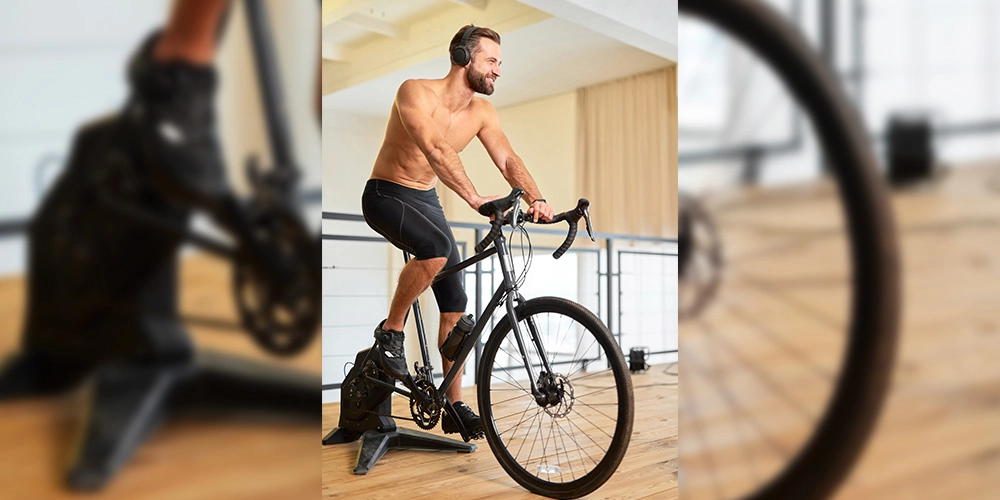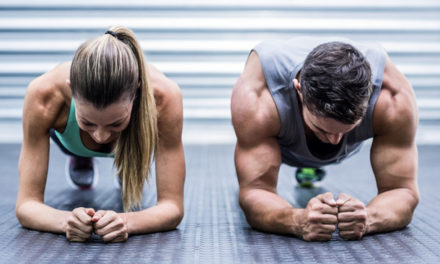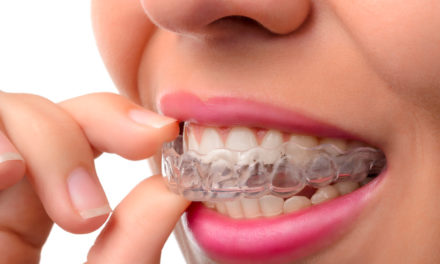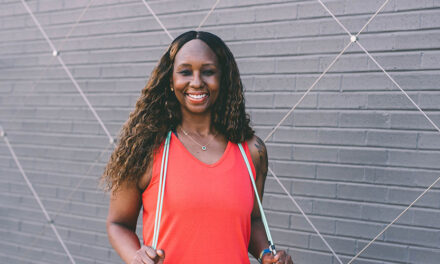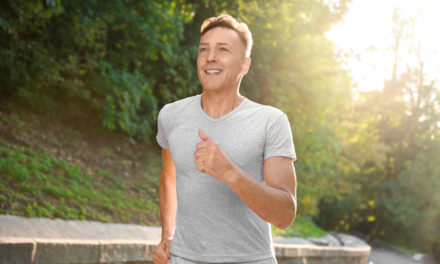It’s colder. It’s dark when you get up and dark by the time you get home from work. Riding outside has become a bit of a chore due to the possible need (you won’t know until you realize you overdressed) for 16 extra layers of clothing and 2000 extra lumens of light. If you’re like me, I love riding outside, but I also love my training to be efficient and super high-quality. Keeping those two things at the forefront, here are some tips for optimizing your winter training so you can come out flying in the spring while others have been in hibernation.
1. INVEST IN YOUR INDOOR SETUP
Let’s start by removing excuses and increasing the convenience of getting in a training session. Not having to fully dress and prep a bike or drive to the gym can save 20-30+ min. of otherwise valuable training time that you can put toward more quality minutes or invest in yourself or your relationships. This will also prevent you from missing a session, or the whole season, when the weather isn’t ideal for outdoor riding. Consistency wins the long game every single time.
What do you need? An indoor trainer and an adjustable set of dumbbells will get you a long way. If you want to really up the accuracy of your bike training, a smart trainer is the way to go. You can get a nice smart trainer nowadays for around $400, which is what I paid for my first fluid trainer 17 years ago.
2. HIT THE GYM
Squats build watts. Building muscle over the winter is great for your overall health, and it helps you turn over bigger gears when you get back outside. Self-proclaimed poor hill climber? Get under a bar. Unless you’re a budding pro, you can afford more muscle mass. If you are cycling as your form of aerobic exercise, gaining muscle will help you reach your body composition goals faster than a ton of miles. Two to three times a week in the gym, doing a typical lower/upper push/pull routine with plenty of core will set you up for spring success.
3. CROSS TRAIN
This is a cautionary tale. Many cyclists get hurt by jumping into other activities too quickly. Particularly running. Your engine can handle it, but the chassis is a little flimsy at first. Mixing it up is ideal, but slowly progress yourself into new movements. Anything that gets your blood flowing is fine, but after a long season of riding, you’re a straight-line hero, so just be cautious.
4. WORK ON TECHNIQUE OR OTHER LIMITERS
This is our go-to strategy for the athletes we coach. Winter is the perfect time to work on those things at which you are the worst. Sometimes, that’s a specific duration of effort (i.e., max sprint, 1 min., 5 min., 20 min. power), and sometimes, that is working on becoming more efficient in your pedal stroke, out-of-the-saddle riding, etc. In our HOP Cycling winter program, we spend the first six weeks just teaching and working on pedal stroke and different body positions, and riders see really impressive gains without riding terribly hard. Improvements don’t just come from riding more or harder. Many more lasting improvements come from technique and the mental side of knowing what to change up when things get hard.
5. KEEP YOUR AEROBIC BASE HIGH
Cycling is an aerobic sport, so it only makes sense to keep a good bit of easy aerobic riding in your week. Maintaining your normal weekend ride volume is key. If you can’t, or won’t, ride outside on the weekends, you can cut your normal outdoor volume a bit and inject a little bit of intensity into your base ride. For example, my normal weekend ride over the early winter is about 3.5 hours. If I were to ride inside, I’d probably do two to two and a half hours, but I’ll throw in 3×8 min in Zone 3 or 4 toward the end of the ride. As you get closer to the spring, the idea would be to increase this weekend’s easy volume a bit.
Dale Sanford is the co-founder of BPC Performance, Inc. and has been coaching individuals and athletes all over the world since 2009. You can catch up with Dale @bpcperformance on IG, or listen to the Coaches on Couches Podcast. If you’d like to start your health or sports performance journey with BPC, visit Buildpeakcompete.com
By Dale Sanford, Performance Coach

